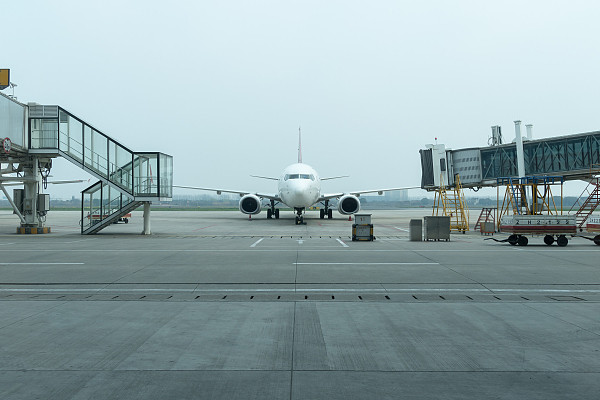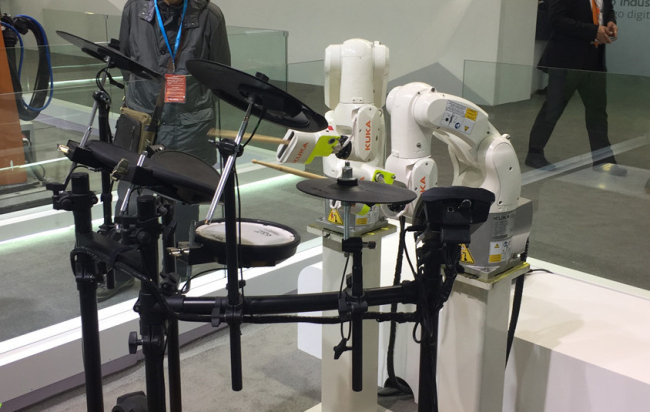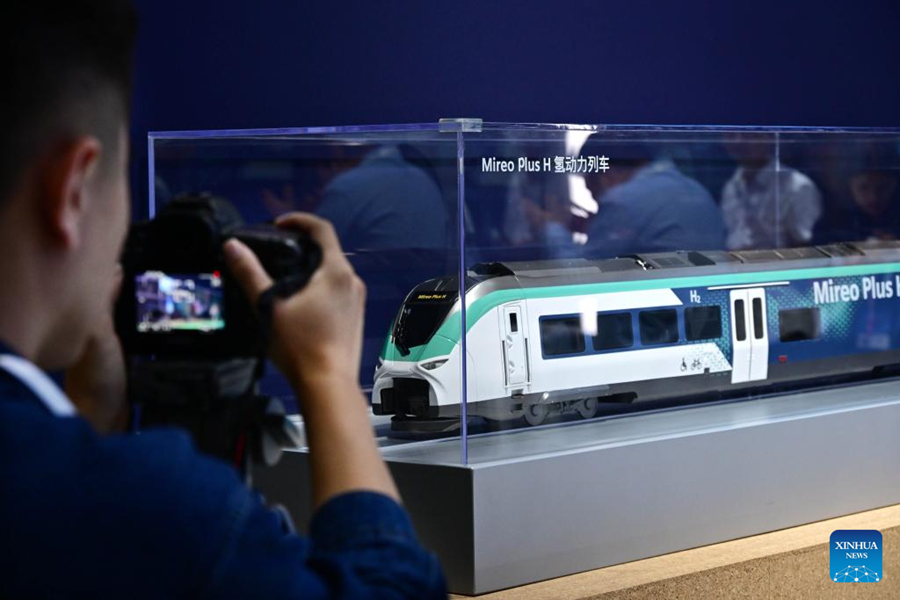As China's major export-oriented economic powerhouse, Jiangsu has stepped up measures to resume air cargo capacity affected by COVID-19.
Nanjing Lukou International Airport runs three air cargo routes to Ted Stevens Anchorage International Airport, O'Hare International Airport, and Amsterdam Schiphol Airport. Wuxi operates two routes to Detroit Metro Airport and O'Hare International Airport. Nantong is also linked with Narita and Kansai airports in Japan.

Toray Fibers (Nantong) Co Ltd has taken advantage of the new air cargo route, replacing its original way of exporting from Shanghai to Osaka. Yan Lingya from the company’s logistics department said the new route not only saves transportation cost but also allows the exporter to benefit from streamlined customs clearance procedures.
Amid the recovery, Nantong has also maintained rigorous COVID-19 restrictions. For example, vehicles and cargo from medium and high-risk infection areas need to be fully disinfected before entering the airport, and truck drivers have no direct contact with cargo transport operators in the process.
According to Jiangsu’s Department of Transport, airports across the province handled 28,979.2 tonnes of international freight and mail in the first four months of the year, an increase of 18.4% compared with the same period in 2019.
In the 14th Five-Year Plan period, the province will support Huai’an to develop into a key air cargo hub, which together with Lianyungang’s sea port and Xuzhou’s land port will form a strong transport network serving northern Jiangsu area. Jiangsu has also made it clear to support airports in Nanjing, Wuxi and Nantong to improve their infrastructure construction and meet the local needs of passenger and cargo transport.
Contact us at english@jschina.com.cn




















